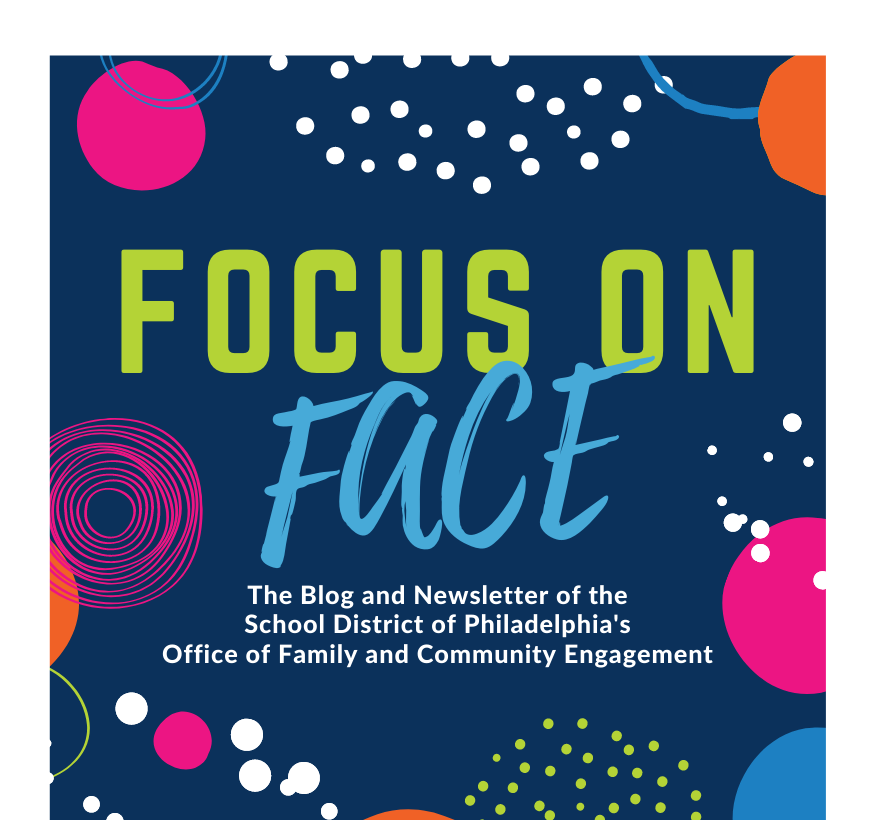![]() “Family involvement” and “family engagement” are not one in the same. These are two very distinct concepts that look different in practice and yield different outcomes and results.
“Family involvement” and “family engagement” are not one in the same. These are two very distinct concepts that look different in practice and yield different outcomes and results.
Take our Quick Quiz to start off, and then read below to learn more about how “involvement” and “engagement” are two very different ideas, and why it’s important to know the difference.
To create the kinds of school-family partnerships that raise student achievement, improve local communities, and increase public support, we need to understand the difference between family involvement and family engagement. One of the dictionary definitions of involve is “to enfold or envelope,” whereas one of the meanings of engage is “to come together and interlock.”
So, involvement implies DOING TO; in contrast, engagement implies DOING WITH.
A school striving for family involvement often leads with its mouth—identifying projects, needs, and goals and then telling parents how they can contribute.
A school striving for family engagement, on the other hand, tends to lead with its EARS—listening to what parents think, dream, and worry about. The goal of family engagement is not to serve clients but to gain partners. It’s not that family involvement is bad. Almost all the research says that any kind of increased parent interest and support of students can help. But almost all the research also says that family engagement can produce even better results—for students, for families, for schools, and for their communities.
Larry Ferlazzo, an English teacher at Luther Burbank High School in Sacramento, California, writes about the difference between involvement and engagement. He notes that he often hears the following from his fellow educators:
“Hello, is this John’s mother? This is his English teacher, Mr. Ferlazzo. John has had a rough day.”
“I like teaching in this school because the parents don’t bother us much.”
“We need parent volunteers to bake cookies for the fund-raiser.”
“I wish parents here cared enough to get their kids to do their homework.”
 Mr. Ferlazzo goes on to state the following:
Mr. Ferlazzo goes on to state the following:
These quotes (all of which I’ve heard—except the first one, which I’ve said) illustrate how educators often feel about parents: We should contact them when there is a problem, it’s good when they don’t “bother” us, we need them to raise money, and we can blame them for all kinds of things we’re not happy about. Unfortunately, research and experience show that these attitudes do not lead to the kind of school-family connections that raise student achievement.
However, the right kinds of school-family connections—those built on relationships, listening, welcoming, and shared decision making—can produce multiple benefits for students, including higher grade point averages and test scores, better attendance, enrollment in more challenging courses, better social skills, and improved behavior at home and at school. Such school-family connections address important nonschool factors—such as health, safety, and affordable housing—that account for about two-thirds of the variance in student achievement. These connections can also improve parents’ feelings of efficacy and increase community support for schools.
Family involvement and engagement are not mutually exclusive; most schools pursue both. But when you think about your school’s efforts, you’ll probably see a clear direction. Does your school tend toward doing to or doing with families? Does the staff do more talking or more listening? Is the emphasis on one-way communication or on two-way conversation? Is your school’s vision of its community confined to the school grounds, or does this vision encompass the entire neighborhood?
Some people see power as a finite pie: If you get more, that means I have less. The vision of family engagement described here, however, views power in a different way. As families move from being school clients or volunteers to being leaders in education improvement efforts, they gain more power. As a result, the whole pie gets bigger, and more possibilities are created.
Schools can help create those expanded possibilities.
This story was adapted from “Involvement or Engagement?” by Larry Ferlazzo. The quiz was adapted from the Kentucky Department of Education.
Other Related Articles:

